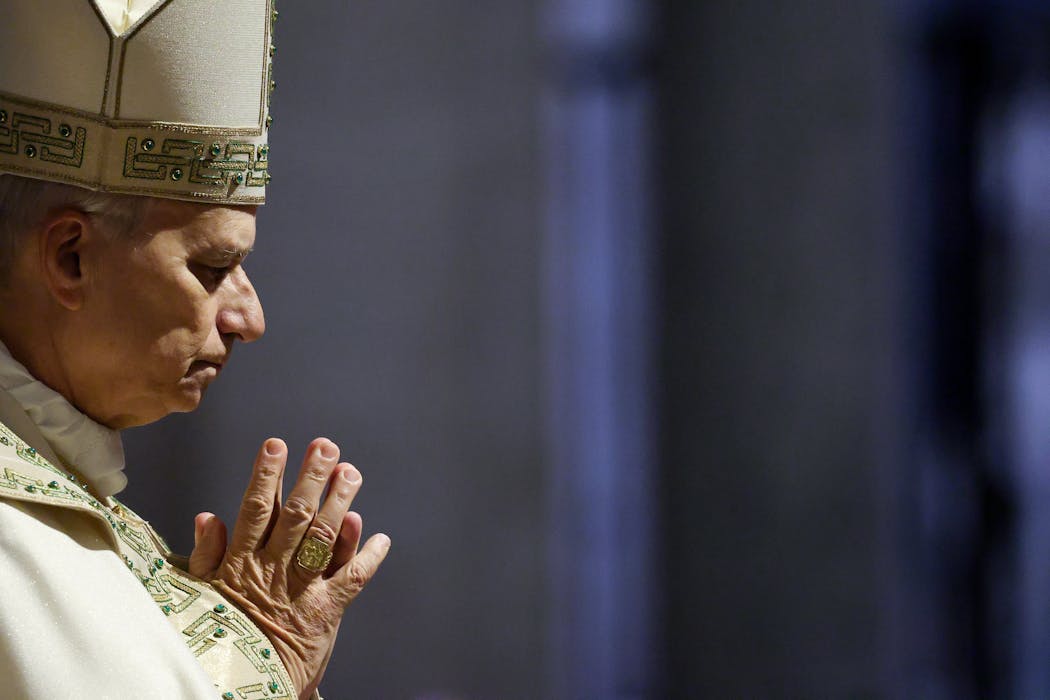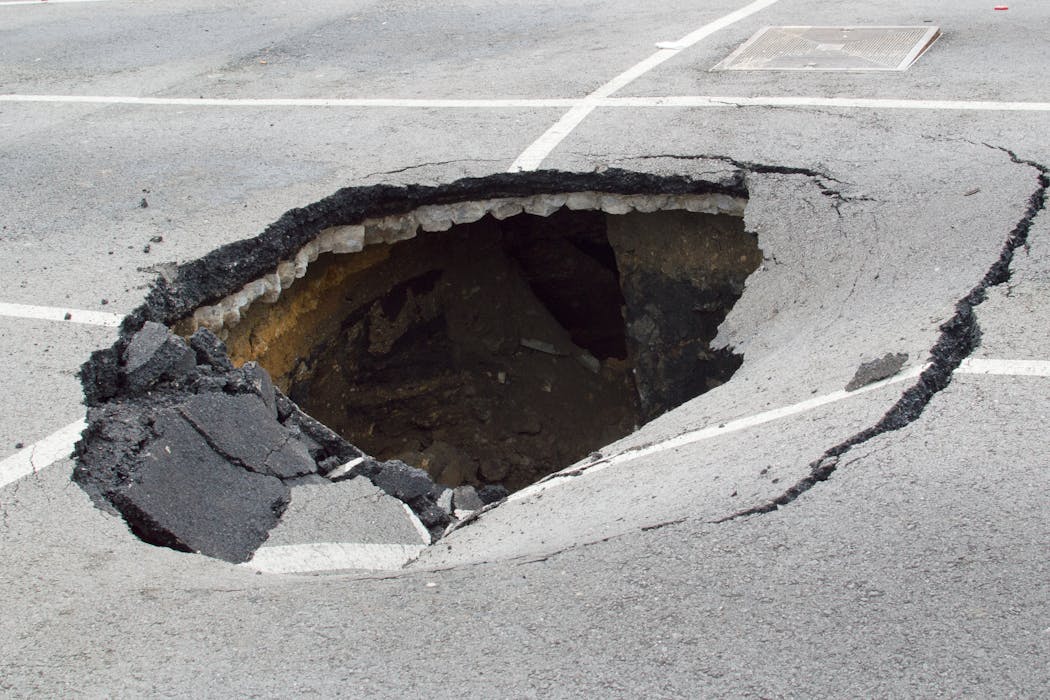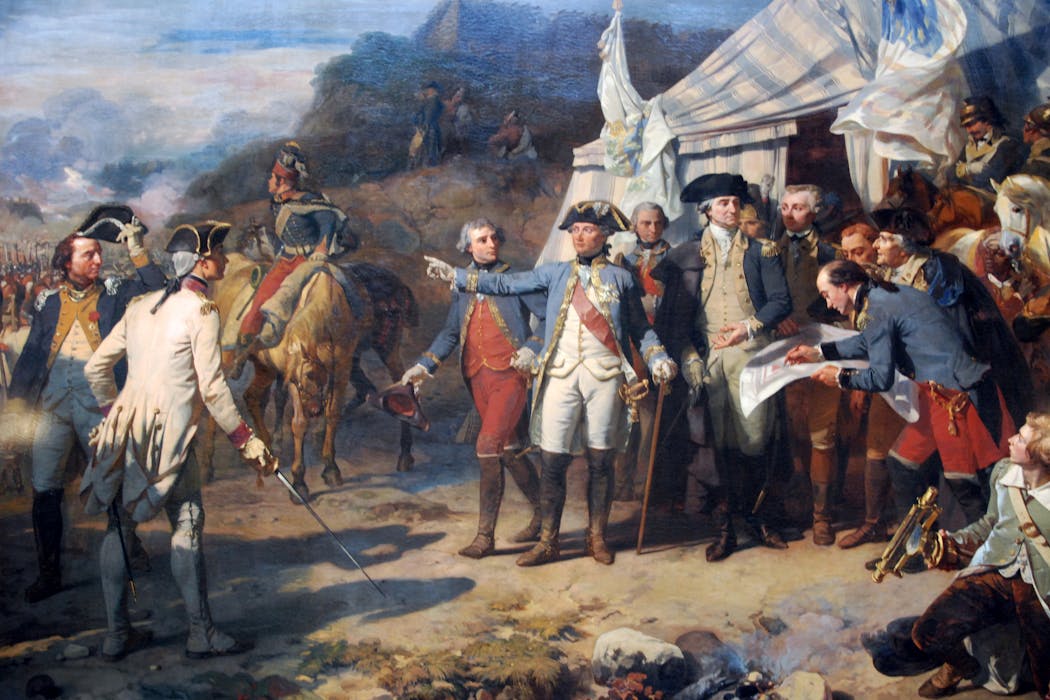How low can marathon times go?
 World record holder – but for how long?Hannibal Hanschke/Reuters
World record holder – but for how long?Hannibal Hanschke/ReutersThis fall Dennis Kimetto set a new world record in the marathon, clocking 2:02:57 at Berlin. He is the first man to run those 26.2 miles in under 2:03 and his time sparked speculation about when the two-hour barrier for the marathon might fall. Just how fast can a human being run in an endurance race like this?
The marathon’s start
The marathon is based on the legend of Philippides, a messenger who, the story goes, ran about 25 miles from the battlefield at Marathon to Athens in 490 BC. He announced a great Greek victory over the Persians and then promptly died. No word on his official time.
Cut ahead to 1896 and the inaugural modern Olympic games, held in Greece. The marathon as a race was cooked up as a run from Marathon to Athens. The distance increased by a little over a mile to the current 26.2 miles (42.2 km) at the London Olympics to accommodate a start at Windsor Castle, and that distance was adopted as the standard in the early 1920s.
Things got faster fast!
The progression of the men’s record times breaks into three distinct eras.
 Men’s World Record Marathon TimesAuthor provided
Men’s World Record Marathon TimesAuthor provided
The first lasts from 1908 until the middle 1950s. Over this time the runners started training progressively harder.
 Abebe Bikila winning the 1960 Olympic marathon – barefoot.
Abebe Bikila winning the 1960 Olympic marathon – barefoot.
By the 1950s, top competitors were running 100 miles or more per week; most were from the developed world. In 1960, Abebe Bikila from Ethiopia won the marathon at the Rome Olympics. His victory was the start of the globalization of the marathon in general and the ultimate East African dominance in distance running we see today.
The record then stagnated until the early 1980s. That’s when the professional era really took off and big races with big prize money became well-established.
What does it take to go fast?
Physiology research reveals three basic determinants of who runs fast. First, an elite marathoner must be able to consume large amounts of oxygen during maximum exercise, about 20-25 times the resting value. That is twice the capacity of an untrained healthy young male. A runner must have a big, strong heart that can pump blood to the muscles which use the oxygen.
Measuring a runner’s oxygen capacity in the lab.Christopher Johnson, Author provided
Second, he must be able to sustain about 80% of his maximum heart rate – usually about 160 beats per minute – for several hours without a buildup of lactic acid in his muscles. At the same time, he doesn’t want to deplete his body’s stores of sugar and hit the wall.
Third, he must be mechanically efficient at turning energy into power. Physiologists talk about running economy. A top marathoner must be able to run fast without consuming too much oxygen; this efficiency is due in part to how well a runner uses the muscles and tendons in his legs as biological springs that store energy with each foot strike.
All these same factors apply to the shes as well the hes, but on average elite women can consume only about 90% as much oxygen as men at maximum. Women have more body fat and their blood contains less of the oxygen-carrying protein hemoglobin. Essentially they have smaller engines that generate proportionally a bit less horsepower. This explains why the world records for women in distance running are about 10-12% slower than men.
At the moment, East African runners seem to always wind up atop the podium. Their physiological numbers aren’t the best ever measured in the lab. But to their advantage, they tend to be of smaller stature, have been physically active from childhood, live at high altitude, and train incredibly hard.
How fast is possible?
Back in 1991, I created a model of marathon performance. When I asked what would happen if the same athlete had optimal values for the three key variables associated with distance running success, the estimated time was just under 1:58:00.
I revisited the model in 2011 with my colleagues Alejandro Lucia and Jonatan Ruiz and concluded that if current trends continued, 2 hours would fall sometime between 2025 and the late 2030s. What seemed inconceivable in 1991 is getting closer by the year. Starting in 2007 with Haile Gebrselassie’s 2:04:26, the record has been broken five times, and fallen almost 90 seconds, suggesting our projections are on track.
 More and more marathoners, more chances for new records.Runners image by ostill via www.shutterstock.com
More and more marathoners, more chances for new records.Runners image by ostill via www.shutterstock.com
Not so fast?
Many elite runners have marathon bests about 4.6 or 4.7 times their fastest 10k times – a marathon being about 4.2 times longer than a 10k. Using this rule of thumb the current world record for the 10k of 26:17:53 works out to a predicted marathon time somewhere between just under 2:01 and about 2:03:25. Similar values emerge using various race conversion calculators and point tables. This suggests the current marathon world record has room for improvement.
Of course, going from just under 2:03 to just under 2:00 would be an improvement of 2.5% and such big jumps in distance running records have not happened since the middle 1960s. When assessed in the lab, elite runners then had just about the same data as elite runners do now. It’s not the case that we’re seeing runners who are drastically better equipped than their predecessors. But there are a few things that could help these elite runners go just that much faster….
 Will this weekend’s New York Marathon bring a new world record?Chip East/Reuters
Will this weekend’s New York Marathon bring a new world record?Chip East/Reuters
2:02 or bust!
I expect to see a marathon time under 2:02 soon and when we do, that’s when the fun will begin. To get there faster and maybe even to 2:01, I suggest three things:
A prize money scheme that would motivate the best runners to all show up at the same race, hit fast intermediate times and work together for as long as possible. For example, separate pools of money could be split by all athletes under specific times at the half marathon, 30k, 35k, and 40k marks. Marathons are not golf and the top professionals can only do 1 or 2 races per year so they have to look for big paydays when they can get them.
Develop a flat 5-8km loop with a fast surface and have an elites-only race.
Run the race on a cool day at dusk. There is anecdotal evidence that people run a bit faster in the afternoon or evening than in the morning.
There’s likely an absolute minimum time in which a human being can run a marathon – but we haven’t seen it yet!
Michael Joyner does not work for, consult to, own shares in or receive funding from any company or organisation that would benefit from this article, and has no relevant affiliations.
Read more http://theconversation.com/how-low-can-marathon-times-go-32313

















